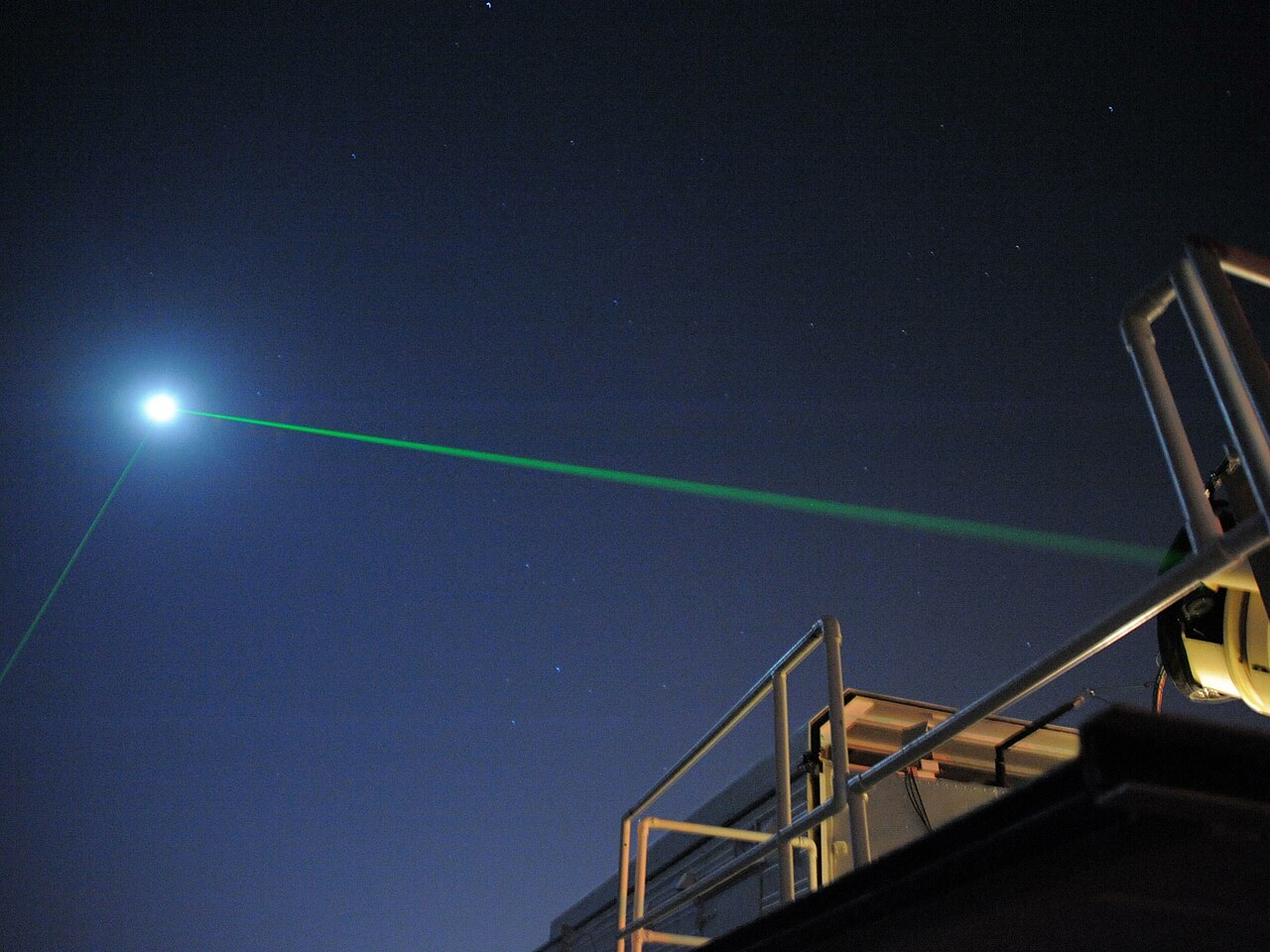And Those High Power Pulsed Laser Diodes?
You may have seen offers of IR laser diodes with 9 W or 14 W or much higher too-good-to-be-true power ratings from various surplus companies. These are pulsed ratings and the power rating is peak. Such laser diodes have been available surplus as part of the laser rangefinder from the Chieftain tank. Since they are actually not that expensive to buy new as these things go (maybe $20 to $100). Unfortunately, while they have nice peak power ratings, the average power ratings are typically only a few mW as they must be run at a very low duty cycle - typically 0.1 percent (1 part in 1,000) or less. Furthermore, the most common wavelengths are between 850 and 910 nm and these aren't much use for most laser projects (though wavelengths from 780 to 980 nm are available). There isn't any realistic possibility of efficiently frequency doubling these to visible (though a few blue photons might be possible if focused into a KTP crystal at a funny angle) and the wavelength isn't useful for pumping common solid state laser crystals. However, they would be suitable for rangefinder or similar applications.
These laser diodes come in plastic packages that look much like LEDs and thus there is no real possibility of decent cooling. Therefore, power dissipation is one of the major limiting factors. It may be possible to use a lower peak current with a longer pulse width than what's specified in the datasheet as long as the average power dissipation rating isn't exceeded. However, with the high threshold current, this probably doesn't provide much benefit. And, no guarantees of any kind with laser diodes!
There is some info on driver circuits for pulsed laser diodes in the section:
http://www.repairfaq.org/sam/laserdps.htm#dpspld
The following assumes a device rated at 16 W peak power, 100 ns max pulse width, 0.1% max duty cycle:
(From: Roithner Lasertechnik" (office@roithner-laser.com).)
The absolute limit is the heat stress of the LD chip inside. Under normal conditions, the laser will emit a pulse of the rated 16 W, 100 ns at 10 kHz (200 ns at 5 kHz is the absolute limit) - which is highly recommended for an expected long lifetime of several khours with usual chip degradation. Take this integrated V x I (voltage x current) thermal heat stress as a final constant. If you run with a higher frequency than the rated, but with a shorter pulse width, still never go higher than this constant. If you go higher, the laser pulse power will go down rapidly due to overheating of the LD chip (still reversible, LD is not yet blown) but overall lifetime is shortened. Keep in mind, that the rise and fall time of this LD is typically 1 ns, so you will get the next limit soon.





